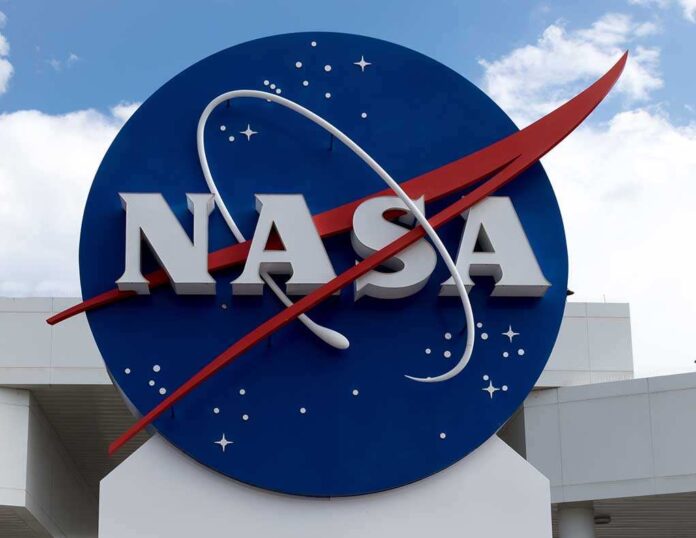
In a controversial move, NASA faces a 10% workforce reduction under the Trump administration, casting doubt on critical projects and sparking political outrage.
Quick Takes
- NASA threatened by workforce reduction, affecting 1,800 employees.
- Dramatic cut part of broader federal downsizing under Trump’s directive.
- Layoffs strain NASA’s capabilities, threatening crucial missions.
- Unions and advocacy groups claim politico-economic motivations.
NASA Faces Significant Staffing Cuts
NASA is responding to a 10% reduction in its workforce, a directive ascribed to the Trump administration’s Department of Government Efficiency. This significant reduction, affecting around 1,800 employees, aligns with a larger effort to streamline federal agencies. Primarily impacting probationary staff and employees opting for buyouts, these cuts have raised considerable concerns about NASA’s ability to meet mission goals.
NASA’s workforce now teeters on historical lows, reaching levels not seen since the early 1960s. Operations at the Johnson Space Center and other vital NASA facilities brace for challenges. These cuts threaten to disrupt flagship missions like the upcoming Artemis moon landing, planned for 2027. Concerns about “brain drain” are palpable, as skilled personnel may seek private sector opportunities.
Political Motivations and Legal Controversies
The layoffs indicate political undertones, gaining critique from various camps. The Planetary Society and the American Federation of Government Employees have condemned the move, criticizing it as politically driven rather than focused on efficiency. Legal challenges loom, with unions preparing cases to contest the layoffs, citing potential violations of civil service protections.
This administrative decision could have far-reaching implications for local economies, particularly in regions surrounding key NASA centers. Simultaneously, debates concerning the influence of private enterprises, such as SpaceX, create ripple effects across the aerospace sector. Concerns about diversity, equity, and the continuation of accessibility programs compound the tension.
Long-term Impacts on Space Exploration
NASA’s enforced downsizing tests the agency’s capacity to maintain its leadership in global space exploration. As stakeholders voice fears over diminished research capabilities and project viability, the implications of this workforce reduction extend into national scientific prestige. Questions about the integrity of these cuts linger: whether they indeed cater to governmental efficiency or reflect the capacity for advancing political agendas.
“This administration has abused the probationary period to conduct a politically driven mass firing spree, targeting employees not because of performance, but because they were hired before Trump took office.” – AFGE President Everett Kelley
Ultimately, NASA must demonstrate resilience and adaptability to overcome this challenge. Given the controversial backdrop and legal challenges in the queue, the times ahead necessitate strategic foresight to ensure the agency remains a beacon of innovation and exploration.
Sources:
- NASA Workforce Cut: 10% Layoff Under Trump Administration’s Efficiency Drive | AI News
- NASA layoffs: Up to 10% of workforce affected by Trump administration job cuts – al.com
- 10% of NASA Workforce Laid Off Amid Trump Administration Cuts: Report – Newsweek












